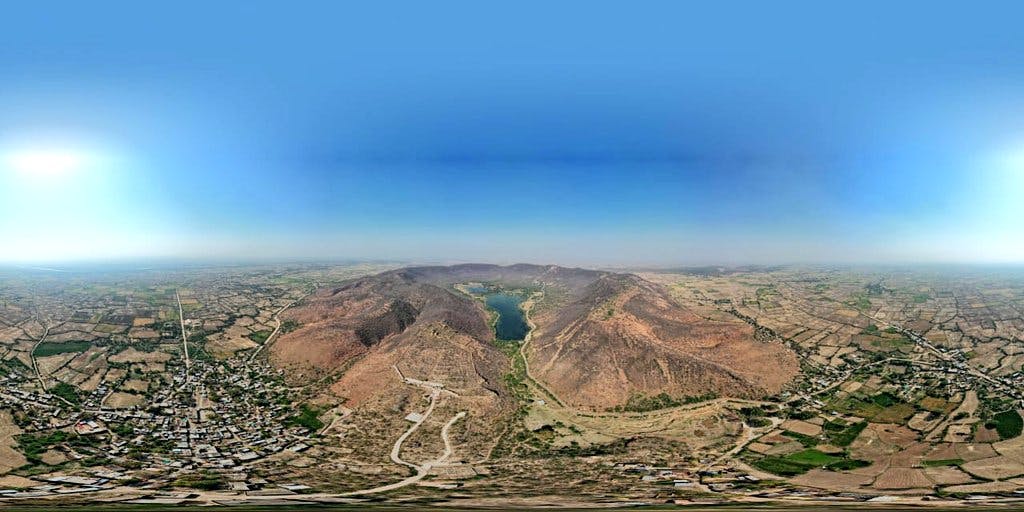Ancient Crater Declared a Geo-Heritage Site
The crater in Rajasthan formed millions of years ago when a meteorite hit the Earth.
The Ramgarh Crater. Photo by Bhajanlal Sharma (Modi Ka Parivar).
Anamitra Swarupa • 20 Mar, 2024 • 5 Min
CEFR A2 (Easy)
